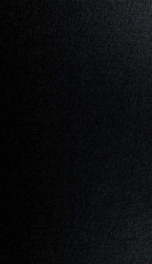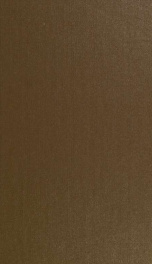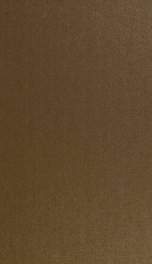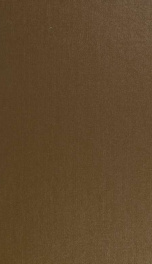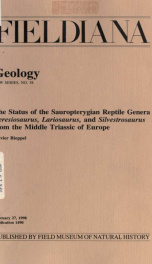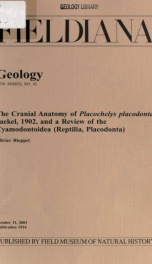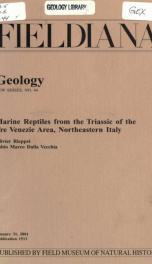A review of the morphology of the lower jaw in varanoid squamates, including mosasaurs, and basal snakes (scolecophidians, anilioids, basal macrostomatans) reveals a greater degree of variability in the differentiation of the intramandibular joint than had previously been recorded. In particular, the mandibular joint of mosasauroid squamates and snakes differs fundamentally. In mosasaurs, the dentary is primarily suspended from the prearticular and the posteriorly concave splenial receives the anteriorly convex angular. In snakes, the dentary is primarily suspended from the surangular portion of the compound bone, and the angular is the receiving part in the mobile contact with the splenial. Characters of the intramandibular joint, along with those resulting from a review of the cranial anatomy of the fossil snake Pachyrhachis from the basal Upper Cretaceous of Ein Jabrud, are used in a review of squamate interrelationships. The results corroborate macrostomatan affinities of Pachyrhachis and do not support the hypothesis that snakes originated from mosasauroids, a clade of marine varanoid squamates from the Cretaceous Includes bibliographic references (p. 66-69) A review of the morphology of the lower jaw in varanoid squamates, including mosasaurs, and basal snakes (scolecophidians, anilioids, basal macrostomatans) reveals a greater degree of variability in the differentiation of the intramandibular joint than had previously been recorded. In particular, the mandibular joint of mosasauroid squamates and snakes differs fundamentally. In mosasaurs, the dentary is primarily suspended from the prearticular and the posteriorly concave splenial receives the anteriorly convex angular. In snakes, the dentary is primarily suspended from the surangular portion of the compound bone, and the angular is the receiving part in the mobile contact with the splenial. Characters of the intramandibular joint, along with those resulting from a review of the cranial anatomy of the fossil snake Pachyrhachis from the basal Upper Cretaceous of Ein Jabrud, are used in a review of squamate interrelationships. The results corroborate macrostomatan affinities of Pachyrhachis and do not support the hypothesis that snakes originated from mosasauroids, a clade of marine varanoid squamates from the Cretaceous Fieldiana series has been published as Geological Series by Field Columbian Museum (1895-1909) and Field Museum of Natural History (1909-1943), and as Fieldiana: Geology by Chicago Natural History Museum (1945-1966) and Field Museum of Natural History (1966-1978). Fieldiana Geology New Series No. 1 began June 29, 1979

